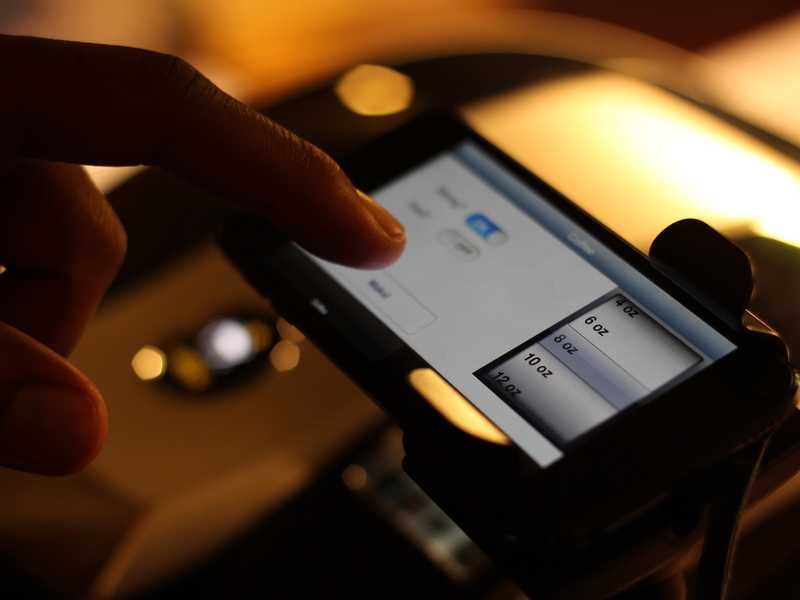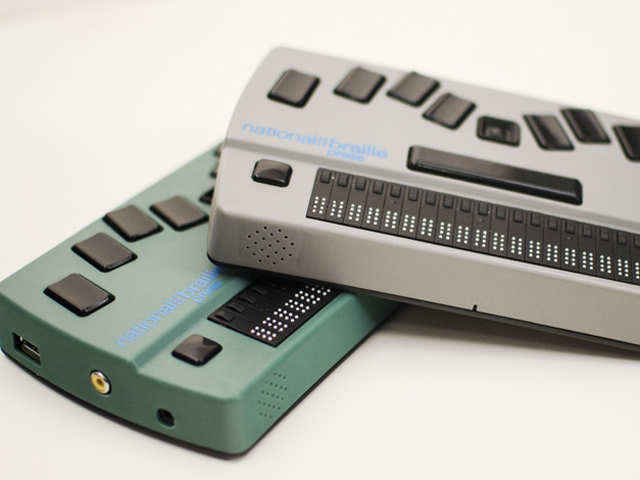Empowering Independence With Assistive Innovation for the Blind
The integration of assistive innovation into the lives of people with visual impairments stands for a considerable improvement in promoting independence and self-sufficiency. From cutting-edge display readers to sophisticated smart canes, these devices not just boost day-to-day navigation and communication but additionally empower users to involve meaningfully in numerous facets of life. As we discover the myriad benefits and real-world applications of these innovations, it comes to be essential to check out the hidden variables that add to their performance and the possibility for future developments in this vital area.
Summary of Assistive Innovation
%20(1).webp)
The advancement of assistive technology is based in concepts of inclusivity and empowerment. Advancements in software program, equipment, and sensory enhancements provide individuals with alternatives tailored to their specific requirements. From screen readers that transform text to speech, to tactile tools that share details through touch, these tools change the method people involve with their environments.
Along with sensible applications, assistive innovation cultivates better social incorporation and involvement in different industries, consisting of education and learning and work (Screen readers for the blind). As r & d continue to evolve, the capacity for assistive modern technology to additionally improve the lives of visually impaired individuals continues to be encouraging, paving the method for a much more equitable society where every person can flourish
Kinds Of Assistive Devices
A range of assistive devices have emerged to support individuals with aesthetic disabilities, each developed to satisfy details requirements and enhance daily performance. These devices vary from low-tech remedies to state-of-the-art innovations, supplying varied alternatives for individuals.
Low-tech tools consist of magnifiers and large-print products that assist in reading and writing. Braille devices, such as Braille slates and stylus pens, make it possible for responsive analysis and communication. Positioning and wheelchair aids, like white canes, aid customers browse their atmosphere safely.
On the higher end of the range, electronic magnifying systems and display viewers use significant support. Digital magnifiers permit customers to enlarge text and photos on displays, while screen readers convert electronic material right into synthesized speech, helping with accessibility to details on smart devices and computer systems.
Mobile phone applications likewise play a critical function, giving features like text acknowledgment and navigation assistance. Wearable innovation, such as smart glasses equipped with increased reality, is becoming an appealing tool to enhance situational awareness.
Advantages of Assistive Modern Technology
The combination of assistive innovation significantly enhances the top quality of life for people with aesthetic disabilities. These technologies encourage users by advertising independence, allowing them to navigate their settings extra efficiently and execute day-to-day jobs with greater ease. Screen other viewers and magnification software application enable individuals to accessibility digital details, promoting instructional and specialist chances that might have previously been out of reach.
In addition, assistive gadgets such as clever walking sticks and GPS applications provide real-time navigating support, improving wheelchair and security. This boosted autonomy not just enhances self-confidence yet likewise motivates social interaction, permitting individuals to participate more fully in their communities.
Assistive modern technology likewise assists in interaction, helping users get in touch with others through voice recognition and text-to-speech applications. This ability is vital for maintaining connections and accessing vital information.
In addition, the customization choices offered with numerous assistive modern technologies make certain that customers can customize devices to their particular demands, additionally enhancing use and efficiency. Overall, the advantages of assistive innovation for people with use this link visual disabilities are profound, advertising a more inclusive culture where every person can seek their aspirations and objectives.
Study and Success Stories
Highlighting the transformative effect of assistive modern technology, various instance studies show just how people with visual disabilities have effectively integrated these devices into their every day lives. One engaging instance includes an university student that utilized display reading software application to navigate online sources and academic products efficiently. This technology not just facilitated her education and learning yet additionally improved her confidence in taking part in conversations and group tasks.
One more case research study features an expert that employs a mobile phone application developed for navigating and things recognition. By utilizing this app, he has restored freedom in both his personal and work atmospheres, allowing him to commute separately and engage with associates extra properly.
Furthermore, a retiree shared her experience with braille e-readers, which allowed her to access a vast array of literature and stay linked with her area via book clubs.
These success stories highlight the vital function of assistive technology in promoting independence, boosting high quality of life, and promoting social integration for individuals with visual disabilities (Smart glasses for the visually impaired). By embracing these ingenious devices, users can conquer difficulties and take opportunities that contribute to their expert and individual gratification

Future Fads in Assistive Modern Technology
Innovation in assistive modern technology is poised to redefine the landscape of assistance for individuals with visual problems. Arising trends highlight the assimilation of man-made knowledge (AI) and equipment understanding, which enhance the capability of devices that assist with navigating and details availability. As an example, AI-driven applications are currently efficient in analyzing aesthetic information in real-time, making it possible for users to involve with their atmosphere extra independently.
In addition, the development of wearable innovation is advancing swiftly. Smart glasses geared up with enhanced truth (AR) can provide audio summaries of environments, changing exactly how users interact with public spaces. These gadgets not only advertise freedom however additionally foster social addition.
Additionally, visite site the Web of Things (IoT) is making homes smarter, permitting smooth connectivity in between assistive gadgets and everyday appliances. This connectivity equips individuals by allowing voice-activated controls and automated responses customized to specific requirements.
Verdict
To conclude, assistive technology plays a crucial duty in equipping people with aesthetic disabilities by enhancing their self-reliance and engagement with their environments. The varied variety of applications and devices available not only facilitates navigating and communication however additionally advertises social assimilation and opportunities for specialist and personal development. As innovations continue in this field, the possibility for boosting the quality of life for those with aesthetic disabilities will certainly increase, fostering higher freedom and empowerment.
